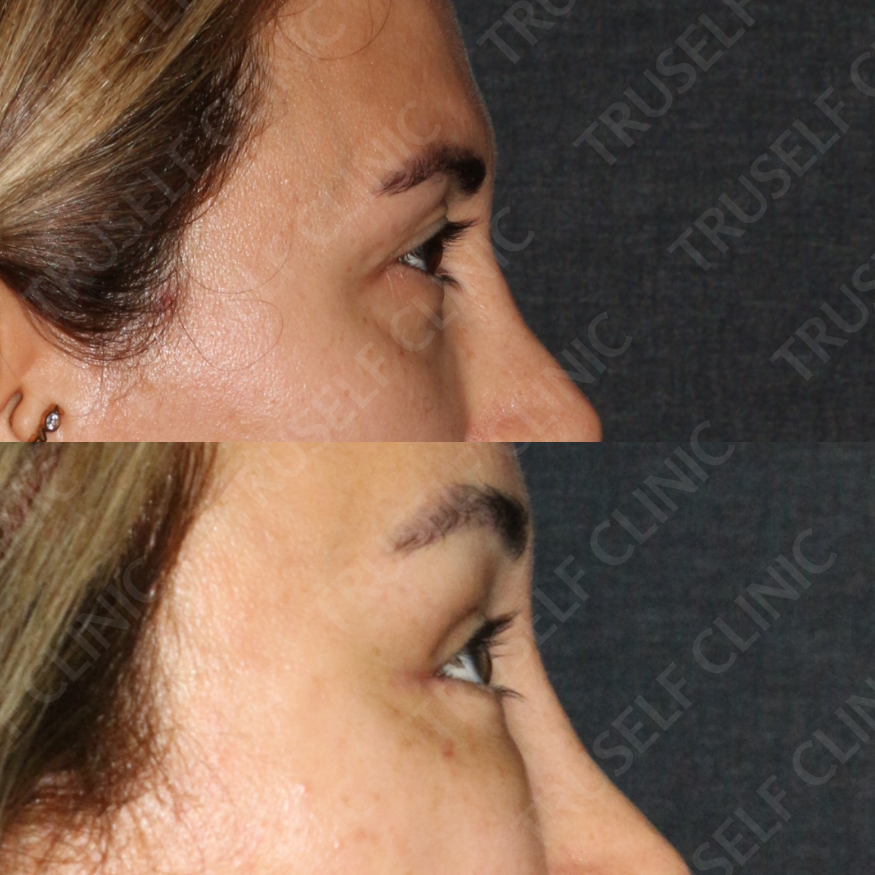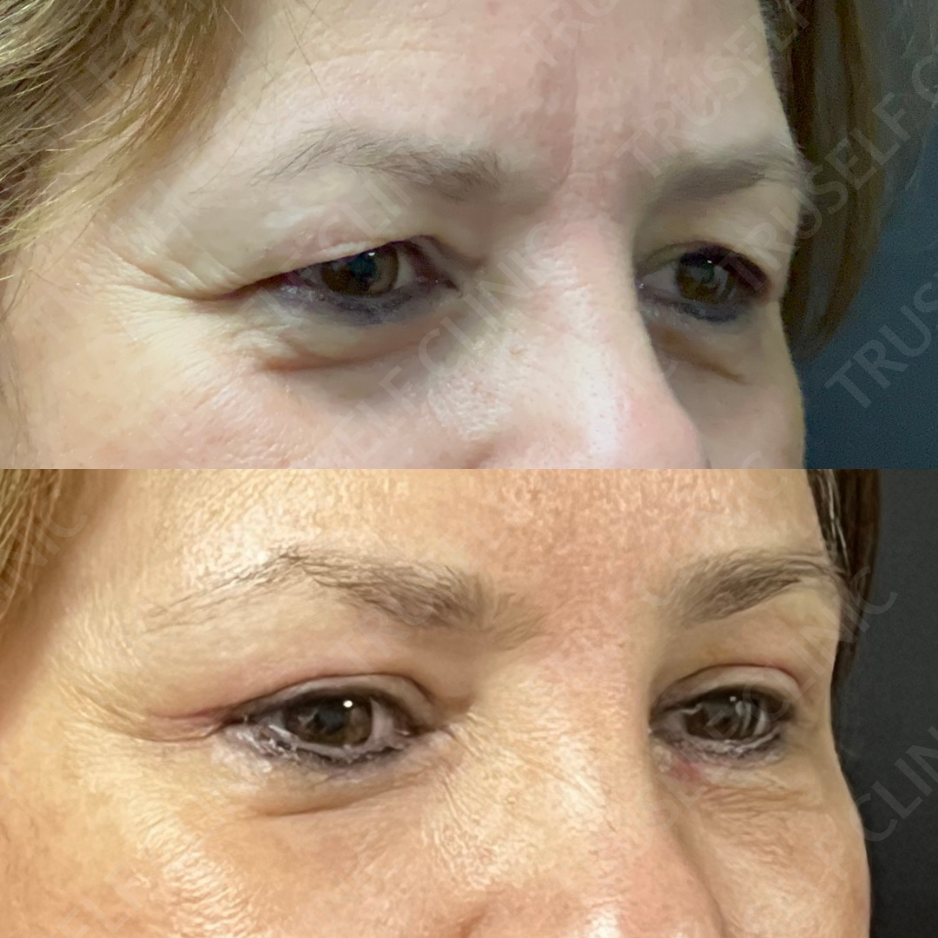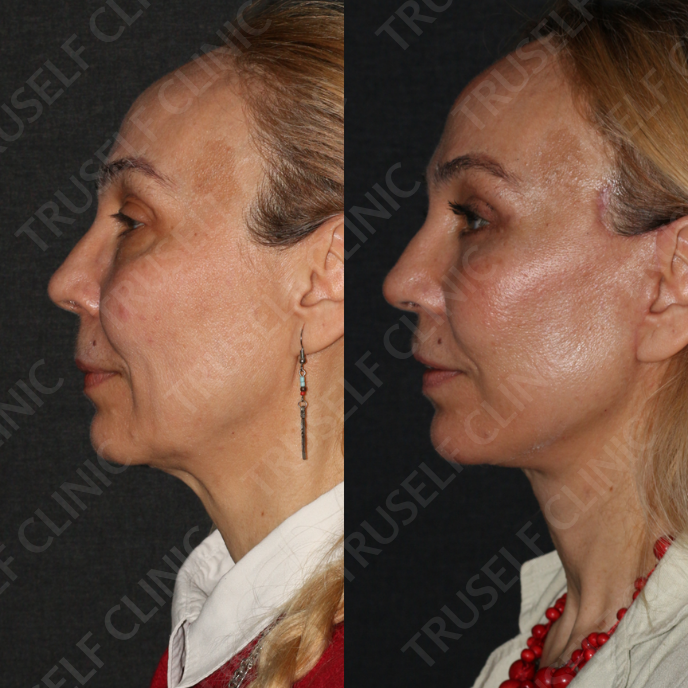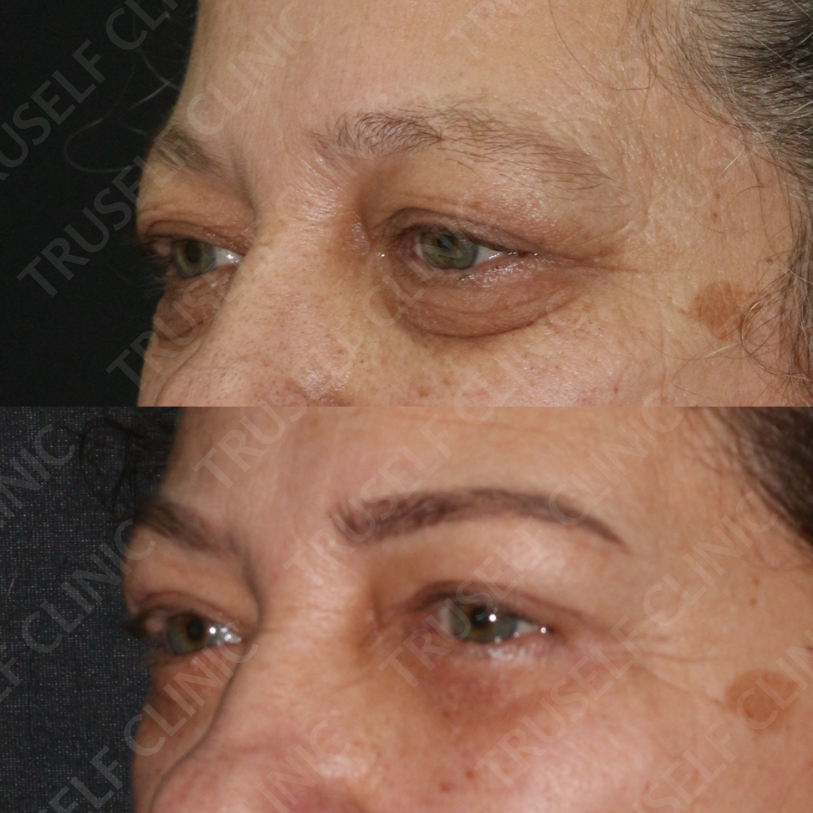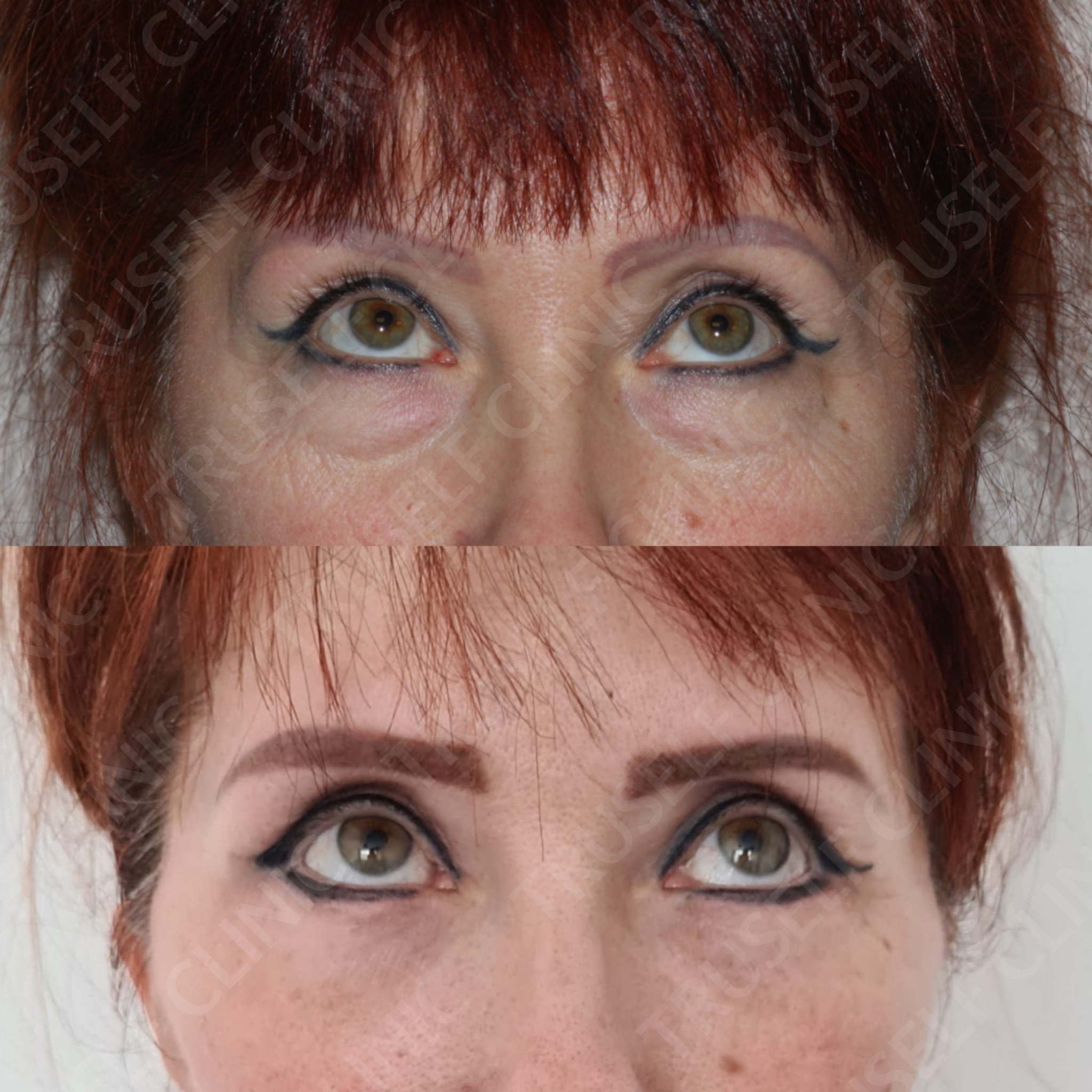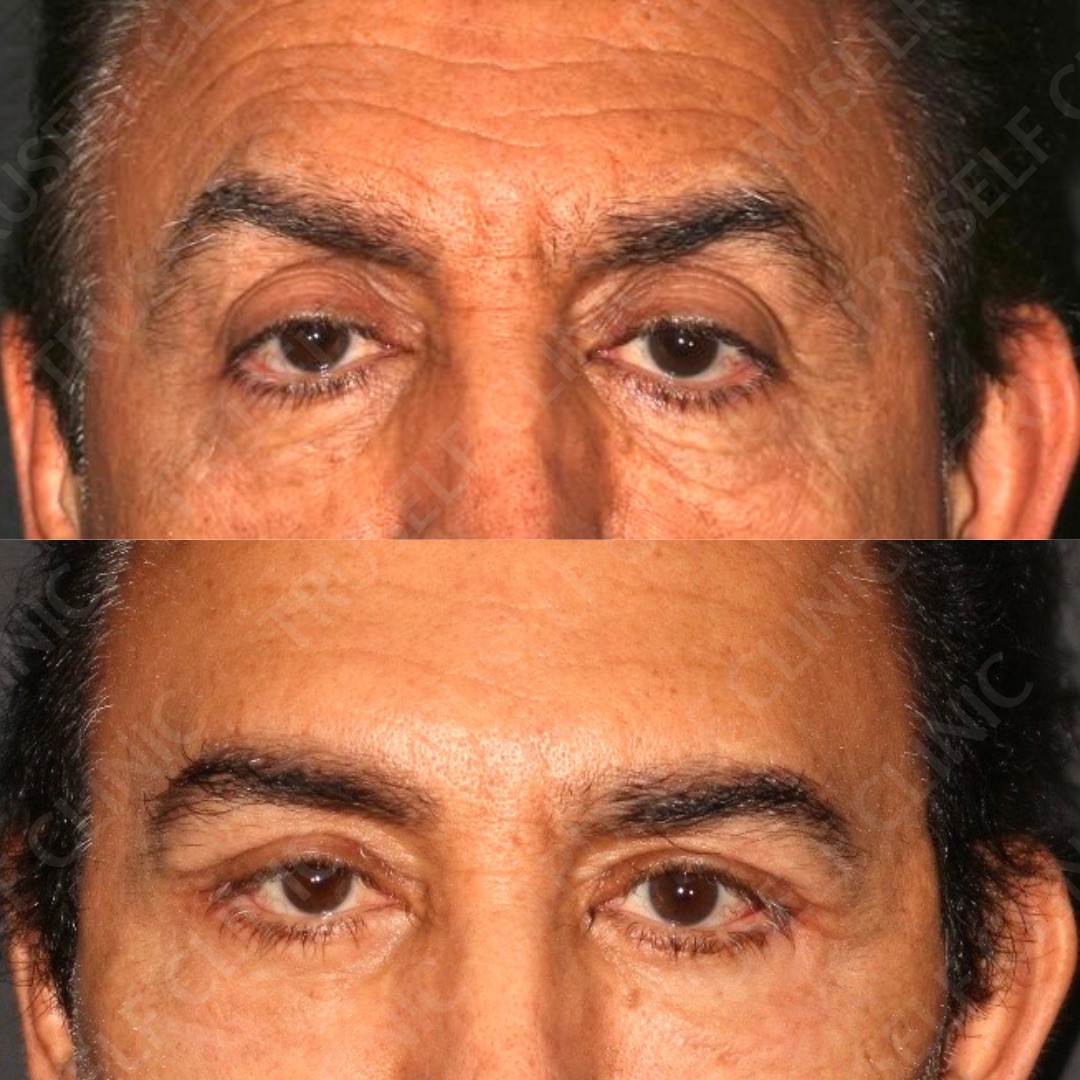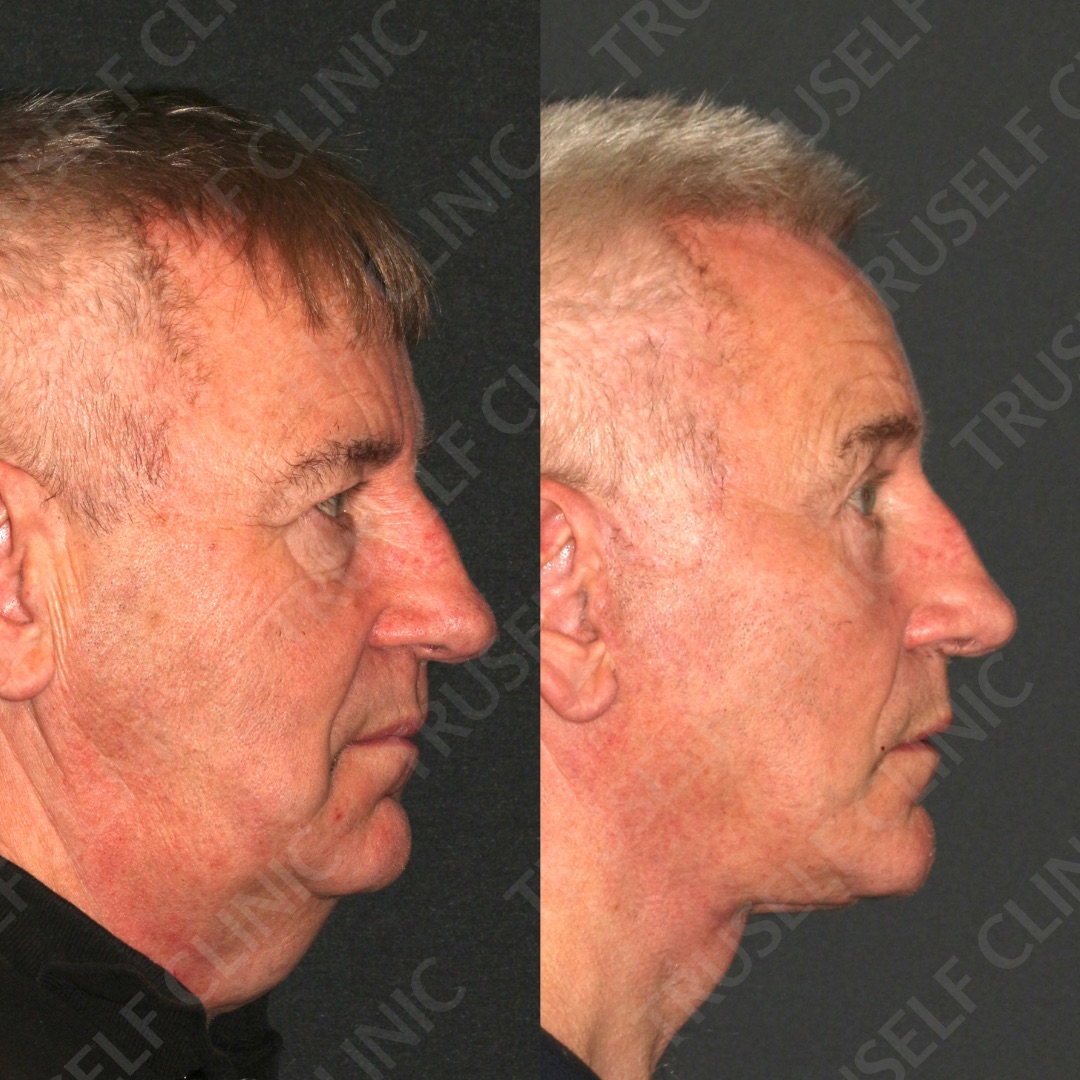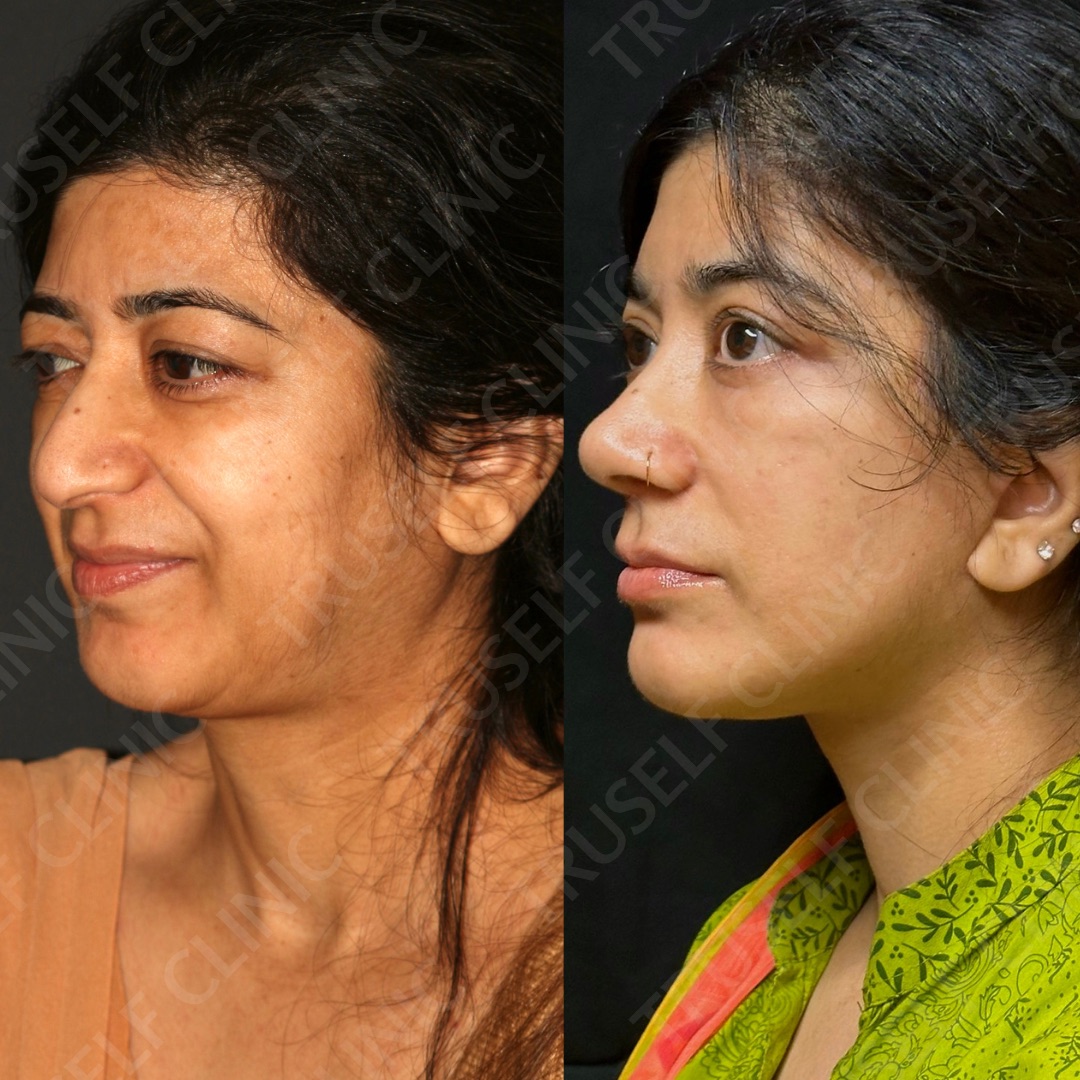Jawline Implants
A jawline implant, also known as a mandibular implant, is a surgical procedure that involves the placement of an implant to enhance the size and shape of the jawline. The goal of the procedure is to create a more defined and chiseled appearance to the face. Jawline implants are typically made of silicone, but can also be made of other materials such as Gore-Tex or Medpor.
The procedure is usually performed on an outpatient basis and takes about 30 minutes to an hour to complete. The surgeon will make an incision inside the mouth or under the chin and create a pocket in the tissue for the implant. The implant is then placed in the pocket and secured with sutures.
Jawline implants come in a variety of shapes and sizes, so the surgeon will work with the patient to choose the one that is best suited for their individual needs and goals. The implant can be customized to create a more prominent and angular jawline, or to correct a weak or asymmetrical jawline.
Jawline augmentation is a relatively safe procedure with a low risk of complications. However, as with any surgery, there are some risks involved, including infection, bleeding, and implant displacement. Recovery time is typically about a week, during which patients may experience some swelling, bruising, and discomfort. Patients are usually advised to avoid strenuous activity and to follow their surgeon's post-operative instructions carefully to ensure proper healing and minimize the risk of complications.
Jawline augmentation can be done alone or in combination with other facial procedures such as chin augmentation or facelift to achieve a more comprehensive improvement in facial appearance.
Am I a good candidate for jawline implants?
Determining whether or not you are a good candidate for a jawline implant will depend on several factors that your plastic surgeon will consider during your consultation. Here are some general factors that are often considered when determining candidacy for a jawline implant:
Overall health: You should be in good overall health and have no underlying medical conditions that could increase the risk of complications.
Age: Candidates for a jawline implant are typically over 18 years of age, as the jawline is not fully developed until this age.
Facial structure: Candidates for a jawline implant should have a weak or recessed jawline that would benefit from augmentation.
Realistic expectations: You should have realistic expectations for the results of the surgery, as a jawline implant can enhance the appearance of the jawline but will not completely transform your facial features.
Non-smoker: Smoking can increase the risk of complications during and after surgery, so candidates should be non-smokers or willing to quit smoking prior to and after the surgery.
Commitment to recovery: Candidates should be committed to following their surgeon's instructions for post-operative care and attending follow-up appointments.
During your consultation, your plastic surgeon will evaluate your individual needs and goals to determine if a jawline implant is right for you. They will discuss the risks and benefits of the procedure and answer any questions you may have.
What are the risks of jawline implants?
As with any surgical procedure, there are risks associated with jawline implants. Some of the potential risks and complications of jawline implants include:
Infection: Infection is a potential risk with any surgery, and antibiotics may be prescribed before and after the procedure to reduce the risk of infection.
Bleeding: Excessive bleeding is a rare but possible complication of the surgery. Your surgeon will take steps to minimize bleeding during the procedure.
Nerve damage: The nerves in the jaw area can be damaged during the surgery, which can cause numbness, tingling, or weakness in the face. This is typically temporary but in rare cases can be permanent.
Implant shifting: The implant may shift or move out of place after surgery, which may require revision surgery to correct.
Poor aesthetic outcome: In some cases, the implant may not achieve the desired aesthetic outcome. This may require revision surgery or other corrective measures.
Allergic reaction: There is a small risk of an allergic reaction to the implant material, although this is rare.
Implant visibility: In some cases, the edges of the implant may be visible or palpable, which can detract from the natural appearance of the jawline.
How to get ready for jawline implant surgery?
If you are considering jawline implant surgery, there are several steps you can take to prepare for the procedure and promote a smooth recovery. Here are some tips for getting ready for jawline implants:
Avoid smoking: If you are a smoker, you will need to quit smoking at least two weeks prior to the surgery and refrain from smoking during the recovery period. Smoking can increase the risk of complications and slow down the healing process.
Avoid certain medications: Your surgeon may recommend that you avoid certain medications, such as blood-thinning medications, herbal supplements, and anti-inflammatory drugs, prior to the surgery.
Arrange for transportation and aftercare: You will need to arrange for someone to drive you home after the surgery and provide assistance with daily tasks during the initial recovery period.
Follow your surgeon's instructions: Your surgeon will provide you with specific instructions for pre-operative care, such as fasting before the surgery, and post-operative care, such as taking medications, caring for the incision site, and attending follow-up appointments.
By following these tips and working closely with your plastic surgeon, you can help ensure that you are fully prepared for jawline implant surgery and promote a smooth and successful recovery.
How to take care of yourself after jawline implant surgery?
Proper post-operative care is crucial for a successful recovery after jawline implant surgery. Here are some general tips for taking care of yourself after the procedure:
Follow your surgeon's instructions: Your surgeon will provide you with specific instructions for post-operative care, including medications, wound care, and activity restrictions. Follow these instructions carefully to promote proper healing and reduce the risk of complications.
Rest and avoid strenuous activity: You will need to rest for several days after the surgery and avoid strenuous activity or heavy lifting for at least a week. This will help promote proper healing and reduce the risk of complications.
Apply cold compresses: You may experience swelling and bruising after the surgery. Applying cold compresses to the area can help reduce swelling and ease discomfort.
Eat a soft diet: You may need to eat a soft diet for several days after the surgery to avoid putting pressure on the jaw. Your surgeon will provide you with specific dietary recommendations based on your individual needs.
Keep the incision site clean: Your surgeon will provide you with specific instructions for caring for the incision site. You may need to clean the area with a gentle cleanser and apply ointment or dressing as directed.
Attend follow-up appointments: You will need to attend follow-up appointments with your surgeon to monitor your healing and ensure that the implant is properly positioned. Your surgeon may also remove any sutures or dressings during these appointments.
Avoid smoking: Smoking can slow down the healing process and increase the risk of complications. Avoid smoking or using tobacco products during the recovery period.
By following these tips and working closely with your plastic surgeon, you can help ensure a smooth and successful recovery after jawline implant surgery. Be sure to contact your surgeon if you experience any concerning symptoms or have any questions or concerns during the recovery period.
How is the healing process after jawline implant surgery?
The healing process after jawline implant surgery can vary depending on the individual and the extent of the surgery. However, here is a general timeline of what you can expect during the recovery period:
Immediately after surgery: You will be monitored in the recovery room until you are stable enough to go home. You will have bandages and possibly drainage tubes around the incision site. You may also experience swelling, bruising, and discomfort.
First week: During the first week after surgery, you will need to rest and avoid strenuous activity or heavy lifting. You may need to eat a soft diet and avoid chewing or opening your mouth too wide. You will also have a follow-up appointment with your surgeon to monitor your healing.
First month: By the end of the first month, most of the swelling and bruising should subside. You may be able to resume light activities, but you should still avoid any activity that puts pressure on the jaw. You will continue to have follow-up appointments with your surgeon to monitor your healing.
Six months to one year: It can take several months for the implant to fully settle and for the final results to be visible. You may experience some numbness or stiffness in the area, but this should improve over time. You will continue to have follow-up appointments with your surgeon during this time.
It is important to follow your surgeon's instructions for post-operative care and attend all follow-up appointments to ensure that your recovery is progressing properly. If you experience any concerning symptoms or have any questions or concerns during the healing process, be sure to contact your surgeon.
How is the scarring after jawline implants?
The scarring after jawline implant surgery is generally minimal and well-hidden. The incision for jawline implant surgery is typically made inside the mouth, along the lower gum line, or behind the ear, depending on the specific technique used by the surgeon.
If the incision is made inside the mouth, there will be no visible scarring on the outside of the face. If the incision is made behind the ear, the scar may be visible if the hair is lifted, but it can be easily hidden by hair or clothing.
After the surgery, your surgeon will provide specific instructions on how to care for the incision site, including how to keep it clean and how to avoid disturbing the healing process. It is important to follow these instructions carefully to minimize the risk of complications and to promote optimal healing.
Over time, any scarring that does occur should fade and become less noticeable. In some cases, scar massage or other treatments may be recommended to help speed up the healing process and improve the appearance of the scar.
Overall, the scarring after jawline implant surgery is usually minimal and well-hidden, making it a popular and effective option for those looking to enhance the appearance of their jawline. However, as with any surgery, there is always a risk of complications, so it is important to discuss your goals and concerns with your surgeon before deciding to undergo jawline implant surgery.













